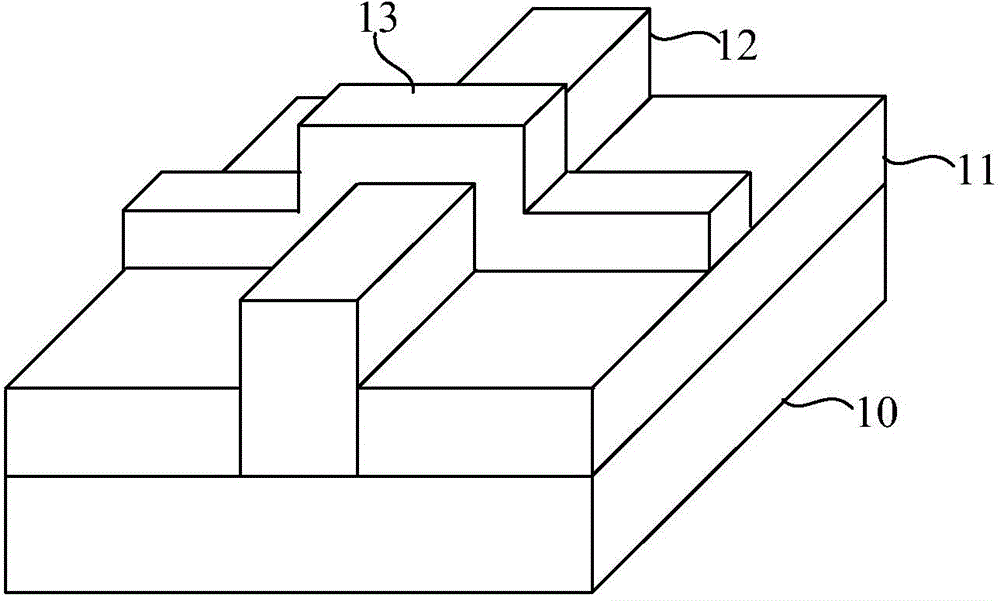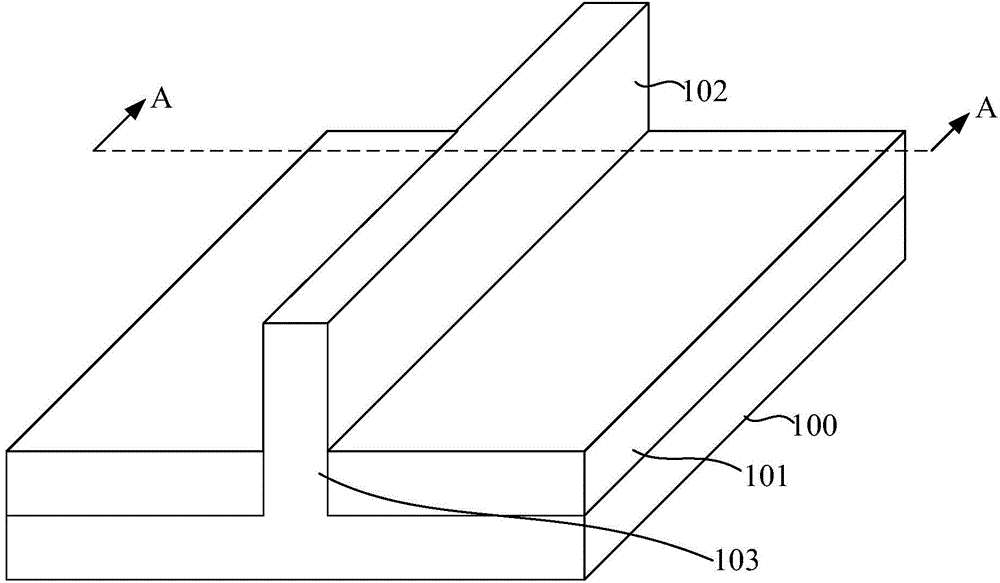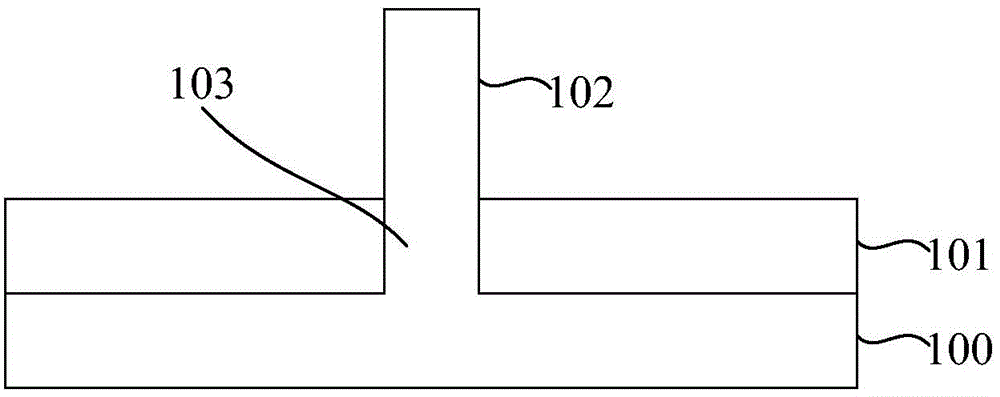Fin-type field effect transistor and formation method thereof
A fin-type field effect and transistor technology, which is applied in semiconductor devices, semiconductor/solid-state device manufacturing, electrical components, etc., can solve the problem that the carrier mobility cannot be satisfied.
- Summary
- Abstract
- Description
- Claims
- Application Information
AI Technical Summary
Problems solved by technology
Method used
Image
Examples
Embodiment Construction
[0064] Pure graphene is a new type of carbonaceous thin film material that is densely packed into a two-dimensional honeycomb structure by a single layer of carbon atoms. Graphene is not only the thinnest known material, but also very strong and hard; as a single substance, graphene can transfer electrons faster than known conductors at room temperature, so good electrical properties make graphene very useful in the field of semiconductor technology has great potential value.
[0065] For a conventional FinFET, the region serving as the channel region is a semiconductor material with a certain energy gap. However, graphene has no energy gap, which has become an obstacle to the application of graphene in the field of semiconductor technology. The present invention just aims at this and proposes a method for forming a fin field effect transistor with graphene. In the method for forming, graphene is hydrogenated so that graphene becomes a "semiconductor material" with an energy ...
PUM
 Login to View More
Login to View More Abstract
Description
Claims
Application Information
 Login to View More
Login to View More - R&D
- Intellectual Property
- Life Sciences
- Materials
- Tech Scout
- Unparalleled Data Quality
- Higher Quality Content
- 60% Fewer Hallucinations
Browse by: Latest US Patents, China's latest patents, Technical Efficacy Thesaurus, Application Domain, Technology Topic, Popular Technical Reports.
© 2025 PatSnap. All rights reserved.Legal|Privacy policy|Modern Slavery Act Transparency Statement|Sitemap|About US| Contact US: help@patsnap.com



